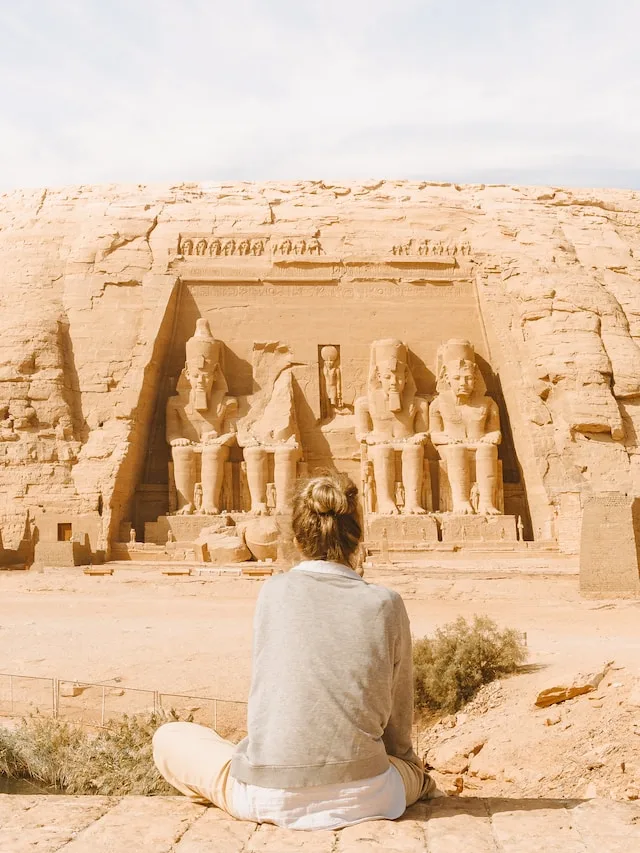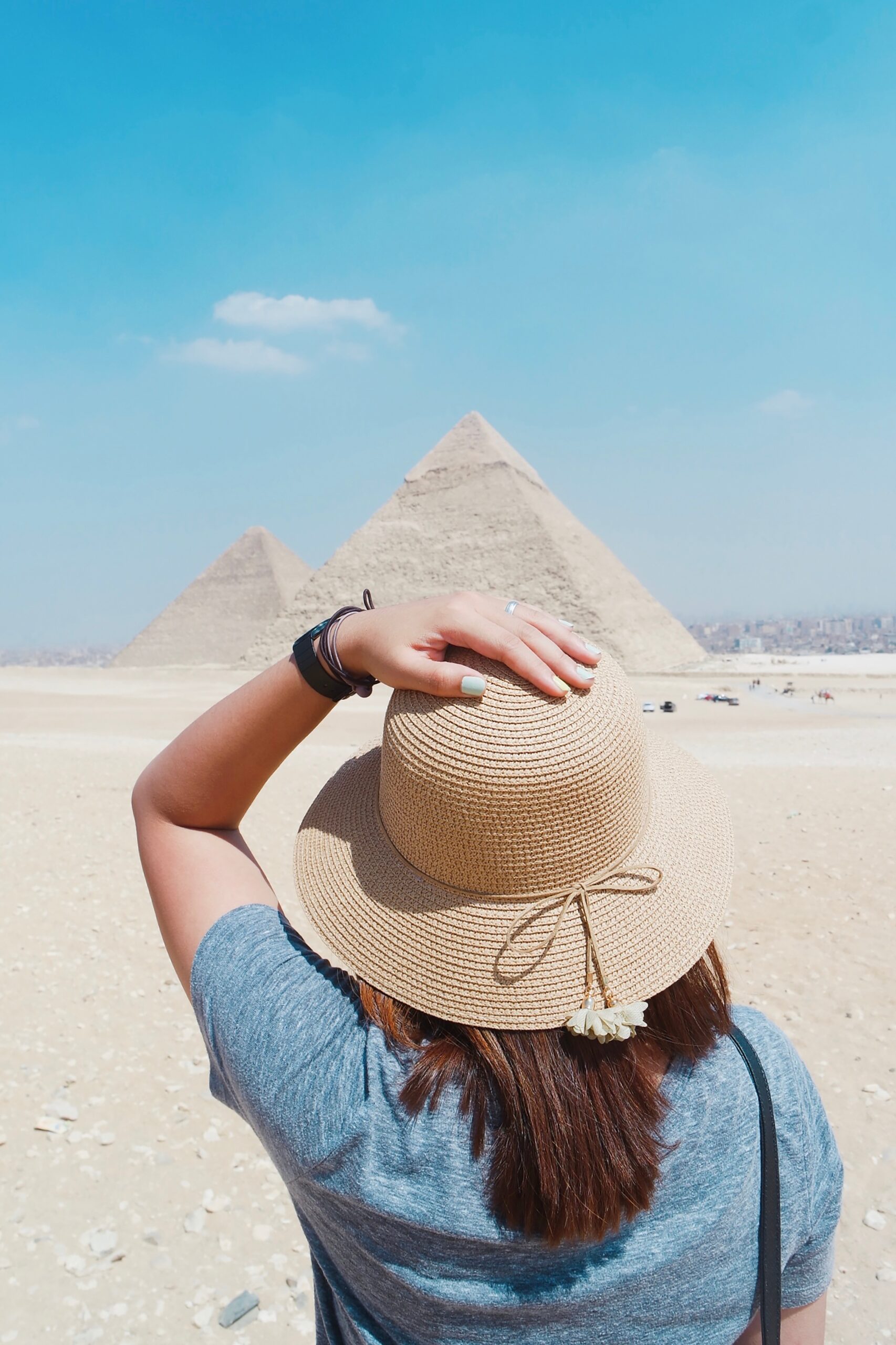Introduction
Giza City is a captivating destination located on the western bank of the Nile River in Egypt. Known primarily for its world-famous pyramids. Giza City offers much more than ancient wonders. here, we will explore the population, city size, tourist attractions, restricted areas, economy, politics, weather, and the best time to visit Giza City.
Giza city population

In terms of size, the city of Giza covers an area of approximately 158.6 square kilometers. The Nile River to the east and the desert to the west form the city’s boundaries.
Within the city, there are many neighborhoods, landmarks, and commercial districts that contribute to the vibrant atmosphere of Giza. Despite challenges with urbanization and infrastructure, Giza remains a significant hub of economic and cultural activity in Egypt. Giza City is one of the largest cities in Egypt and has a population of approximately 8.8 million people. This cosmopolitan city is a melting pot of diverse cultures, creating a vibrant atmosphere that blends ancient traditions with modern influences.
Tourist attractions in Giza city

Giza City is famous for the Great Pyramids of Giza, including Khufu, Khafre, and Menkaure. These architectural marvels, built around 4,500 years ago, attract millions of tourists each year who come to witness these incredible feats of human ingenuity.
In addition to the pyramids, the City houses the grand Sphinx, a massive statue of a lion with a pharaoh’s head. The statue symbolizes Pharaoh Khafre. Explore pyramids to delve into ancient Egypt: burial tombs, museums, and rich history.
Economy and Politics of Giza city

Cotton, rice, and sugarcane are the main crops in the region, and agriculture and industry both contribute to the local economy.
In terms of politics, Giza falls under the jurisdiction of the Giza Governorate, which is governed by appointed officials.The government in Egypt affects local politics and funds projects for development.
However, political instability and security concerns have had a negative impact on the economy and tourism industry. The government has implemented economic reforms to improve the country’s financial situation. However, these have resulted in rising prices and a shrinking middle class.
Weather and best time to visit Giza city
Giza City has hot desert weather with blistering summers and mild winters. The ideal time to go to the city is in the cooler months from October to April. The temperatures range from 15 to 25 degrees Celsius (59 to 77 degrees Fahrenheit). During this time, you can comfortably explore the city’s attractions without the extreme heat.
Visiting during the spring months (March-May) allows you to witness the blossoming of flowers and enjoy pleasant weather. Keep in mind, the city is crowded in peak tourist season, especially holidays and breaks.
Restricted areas in Giza

The pyramids in Giza are human heritage, so tourists can’t climb or touch them. Additionally, the interior of the pyramids is also off-limits to tourists. Visitors can only access the Pyramid of Khufu’s burial chamber.
It is no longer possible for guests to climb to the top of the Sphinx due to safety concerns.
They cannot also be in the vicinity of the Sphinx.
It is important for tourists to respect these monuments as they are intended to protect the ancient structures and preserve them for future generations to appreciate. Tourists should also be mindful of the rules and regulations put in place to ensure their own safety and the preservation of these awe-inspiring monuments.

Subscribe To Egyptiva
Subscribing to our newsletter today will allow you to begin exploring our lovely globe! You can unsubscribe at any time.

Get your free travel guide!Learn everything you need to know before your next trip
Download our e-book: "18 ways to overcome culture shock" for FREE
